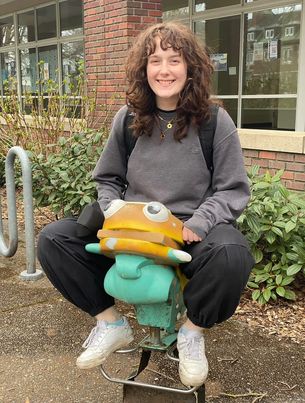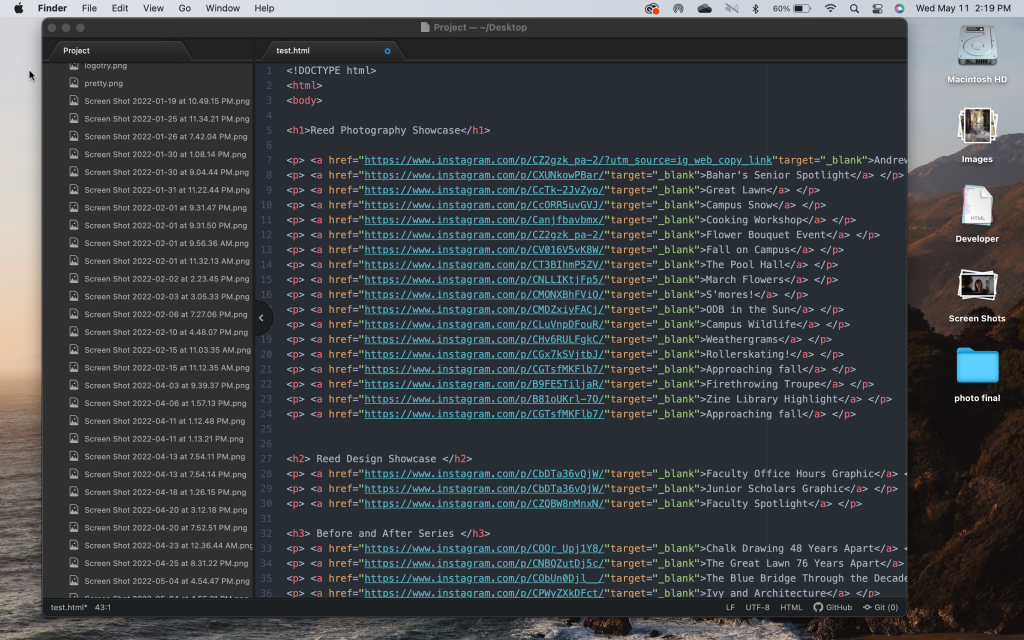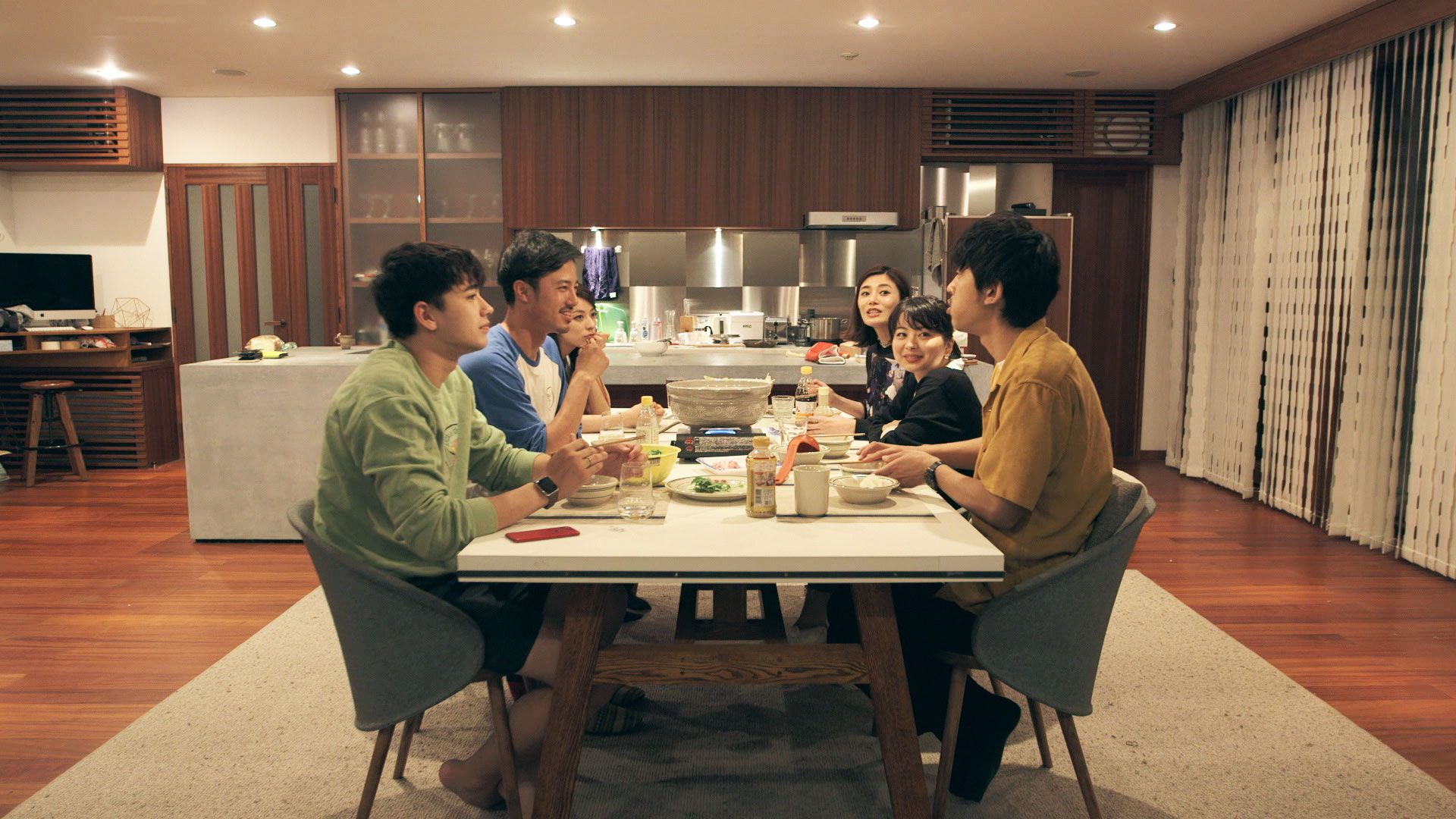Deciding to take a Reed language class may seem daunting for some students, but it’s very doable and rewarding, and you may even find yourself majoring in a language you picked up at Reed! We interviewed recent ’23 grad Sierra Abbott about her journey as a Chinese major beginning from scratch her first year:
What made you decide to start learning a language at Reed?
I had always loved learning foreign languages in school! I took Spanish and Latin in high school, and wanted to continue learning more languages in college. I started learning Chinese in the first semester of my freshman year!
Continue reading “Reed Language Learning Q&A with Sierra Abbott, Reed alumni and Chinese major”


